Mike and Sandy sailed again on the Prinsendam, Holland America's smallest cruise ship (about 800 passengers) for a trip down South America all the way to the Antarctic. A visit to Iguazu Falls (on the Argentina-Brazil border) was the final stop before flying home.
(Enlarge any picture in a new window by clicking on it -- use the "back" button to return to this page.)
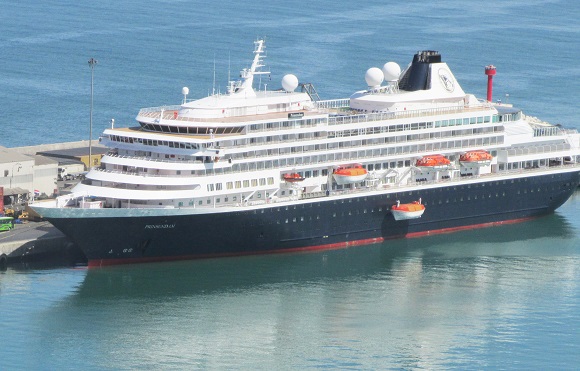

The Prinsendam left Fort Lauderdale, heading south for Costa Rica, where Sandy had organized a private shore excursion for a small group of us. Driving to the rain forest, we saw a 3-toed sloth, crawling along power lines. The next picture shows red frogs in the rain forest, not some of the fellow passengers! We transited the Panama Canal, where work on the new, larger locks is way behind schedule - now opening in 2015. Our first South American stop was Manta, Ecuador, the tuna export capital of the Pacific.
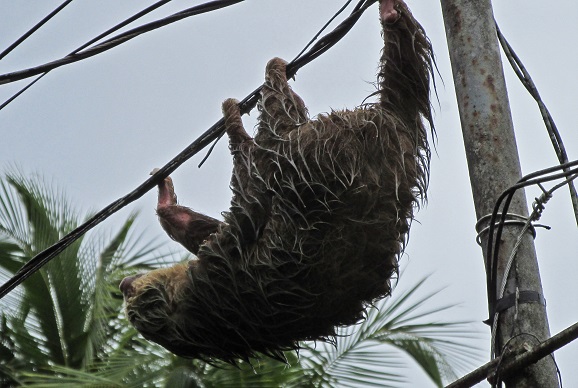
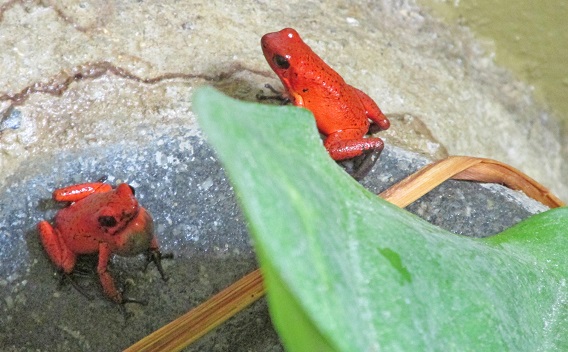

Next up were two stops in Peru where we visited the ruins of several pre-Inca civilizations and, since this part of South America is basically a sea-side desert, both of these cities were built with abode (mud) bricks - nothing at all like Machu Picchu, built high up in the Andes with carefully cut stone. In Lima, a delight was an evening at a public park, where a huge water fountain show including all sorts of laser light effects.
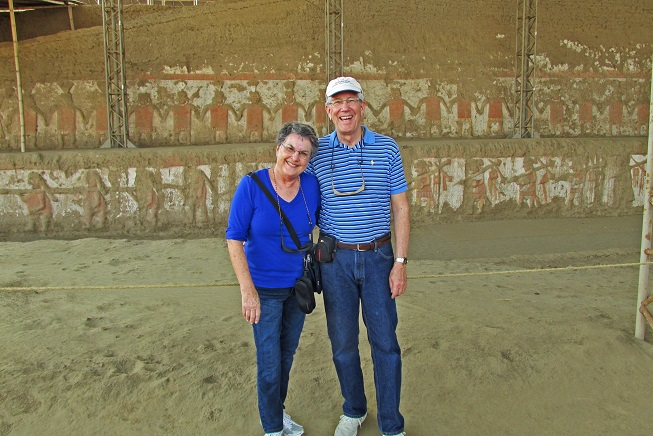
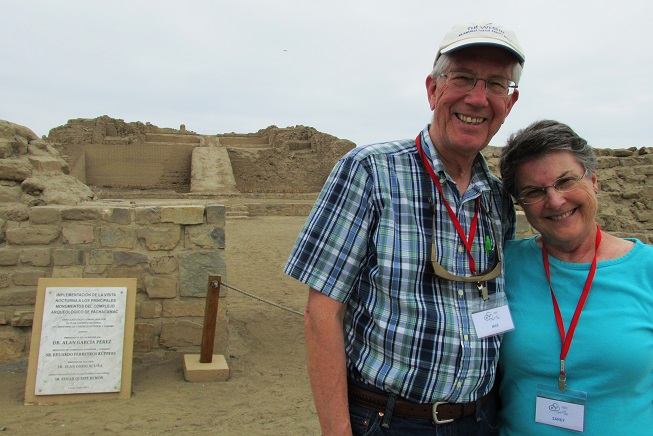

Continuing south into Chile, the itinerary includes 6 ports, starting with Arica ("ah-reeka;" driest city in the world, with several buildings designed by Mr. Eiffel, of Tower fame, and archaeological sites with geoglyphs and mummies older than those in Egypt) and Coquimbo, a port that handles exports from Bolivia as well as Chile (and the nearby pretty resort town of La Serena). After those small town visits, the ship called at Valparaiso, the port city for Santiago, Chile's inland capital. Mike did a wineries and horse ranch tour (Sandy was under the weather), and then we headed south to the Chilean "lake district." A huge glacier-covered volcano (still active, but not in last 5 years) loomed over Puerto Montt and its nearby lake, while Castro is on the largest of a series of coastal islands (think the San Juan Islands near Seattle), and very rural - main claim to fame is a series of old wooden churches with UNESCO World Heritage status. Chacabuco (something on an Italian restaurant menu?) was the next port in Chile--this is a new town, in the center of the Patagonia region, built in the early 1960's after the former port, a few miles away, was destroyed in an enormous earthquake.
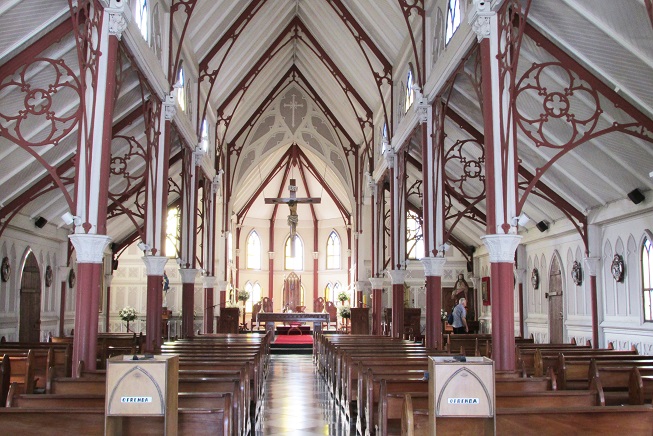
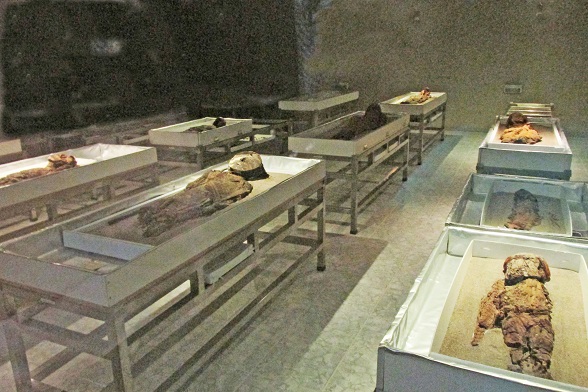
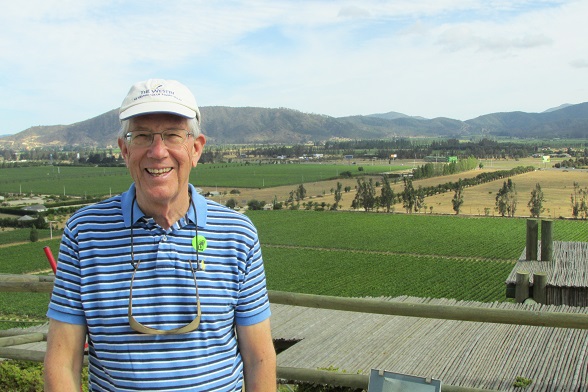

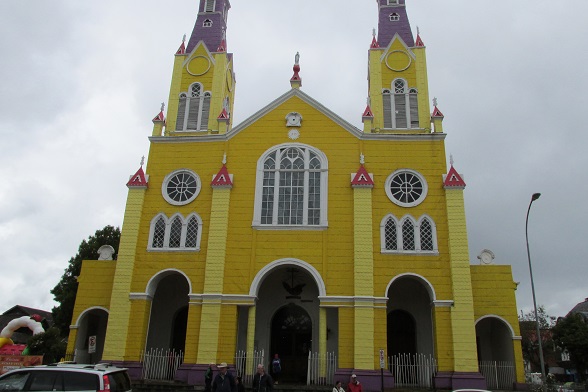
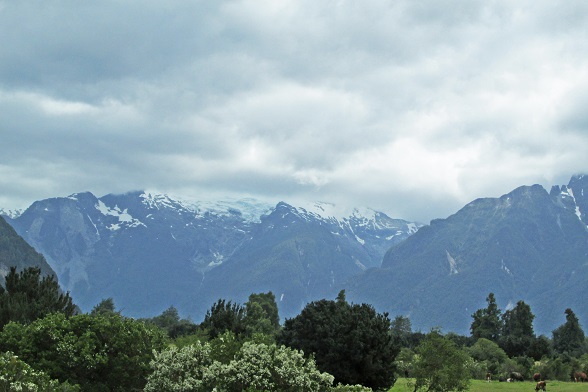
The glaciers of Chile rival those of Alaska, and the first up was the Amalie. The visit to this one was awful early in the morning for Sandy, but Mike was out on deck! Before more glaciers, a visit to a colony of Magellanic pinguins, near Punta Arenas, our last port in Chile, added some fun. Glacier Alley was next, with 5 big glaciers in rapid succession. Our last port was Ushuaia, which has a big business not only for Antarctic tourists but as a supply base for many of the research stations on Antarctica.
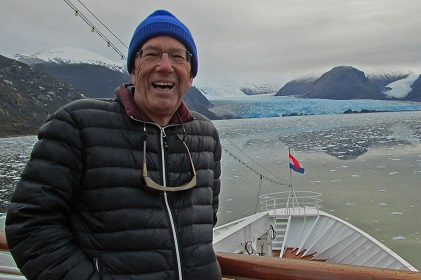

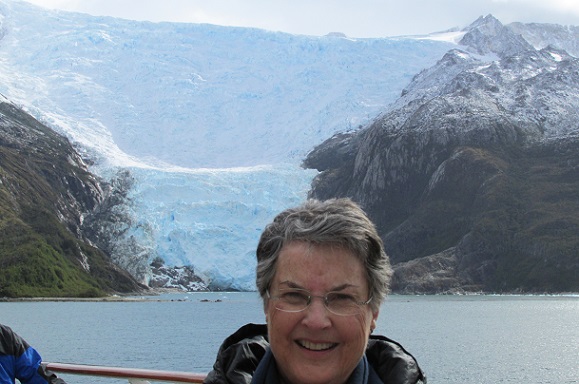
The Prinsendam headed straight for Antarctica, across the Drake Passage, known for some of the worst marine weather in the world. But luck was with them, and the weather and seas cooperated beautifully, bringing them to a decidedly cold, but clear, rendesvous point near Palmer Station, one of several research sites maintained in the Antarctic by the United States. A team came on board to tell us about the various research projects currently underway, and daily life at the station. Scenic cruising in the Palmer Archipelago (a small group of islands, just off the Antarctic Peninsula) brought fantastic sights during the afternoon and evening.
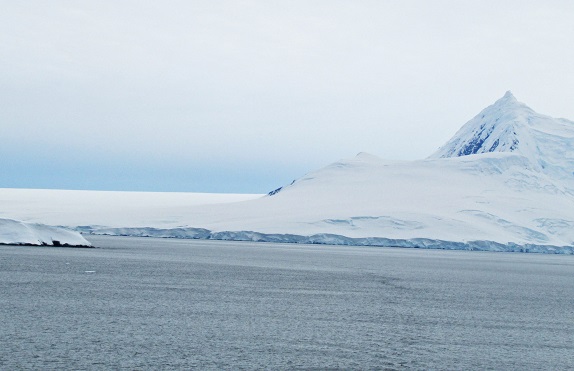

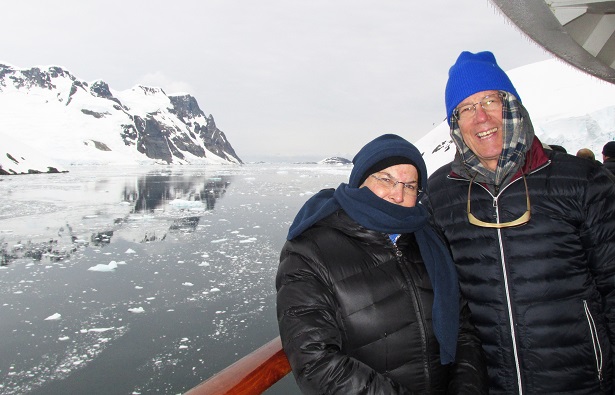
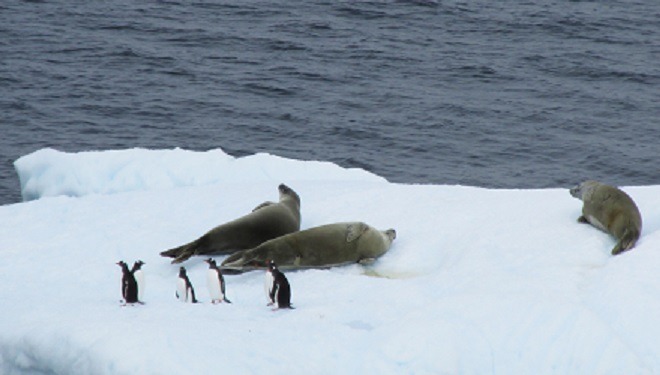
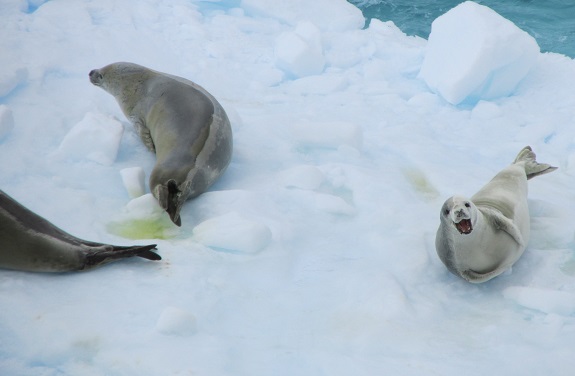
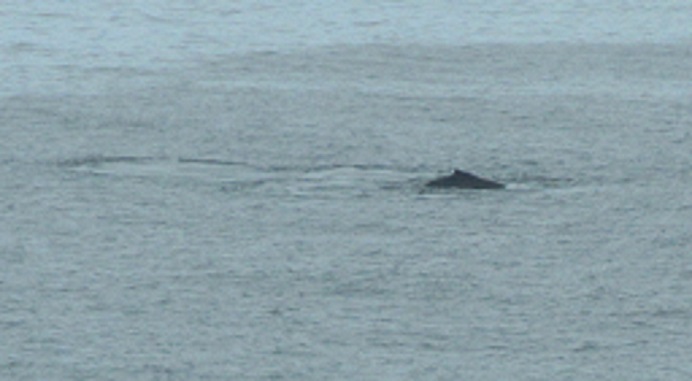
After figure 8's out at sea all night(no place shallow and safe enough to anchor), Mike and Sandy awoke to bright sunshine (if cold air), and more amazing scenery on their second day in Antarctica. Lots of penguins and seals were in evidence, and the ship passed several other research stations. Ice and snow in every direction!





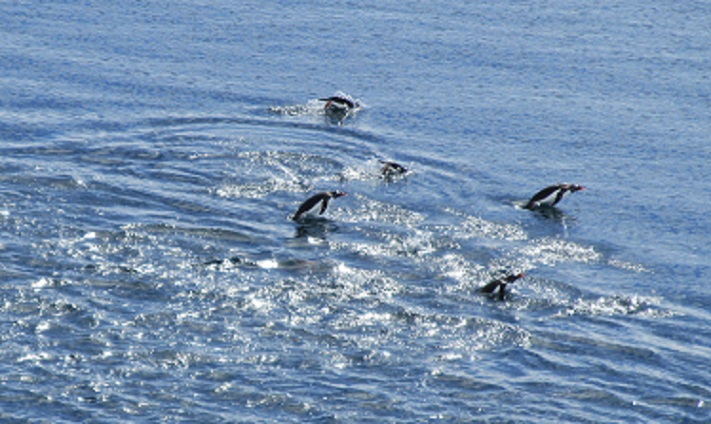
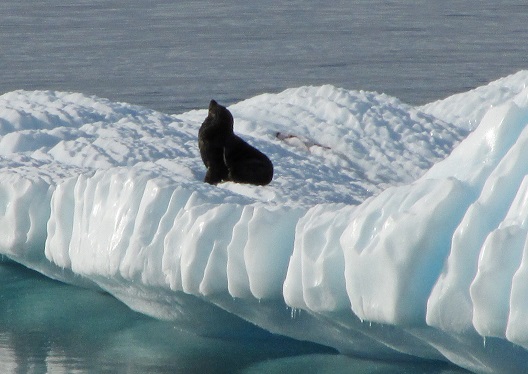
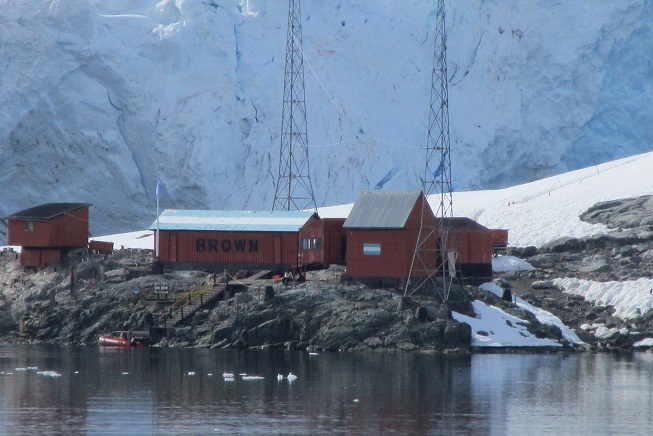
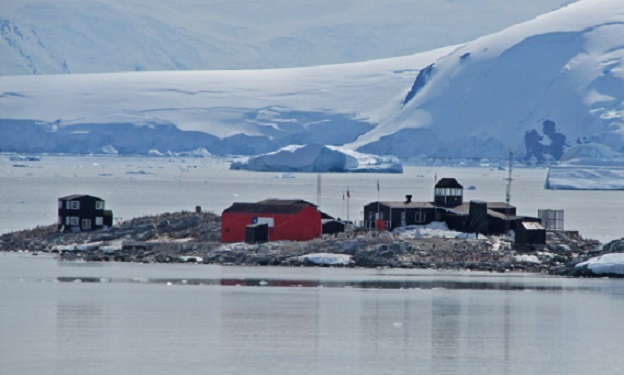
The third day in Antarctica dawned grey and gloomy, with light snow falling on the deck of the ship. Masses of floating ice prevented the ship from entering Hope Bay, our first sightseeing target of the day, but back in the Antarctic Sound, we encounted various large icebergs, including a flat-top ice berg over 100 feet high and almost 4000 feet long, broken off from an ice shelf nearby, and by far the biggest seen on the trip. There were more penguins lounging on ice flows, and some Snow and Antarctic Petrels, found only in Antarctica, flew over the ship. After several more hours trying, the Captain decided to change plans, and we headed towards Elephant Island, seen in the PBS documentary about the rescue of the Shakelton party in 1916.
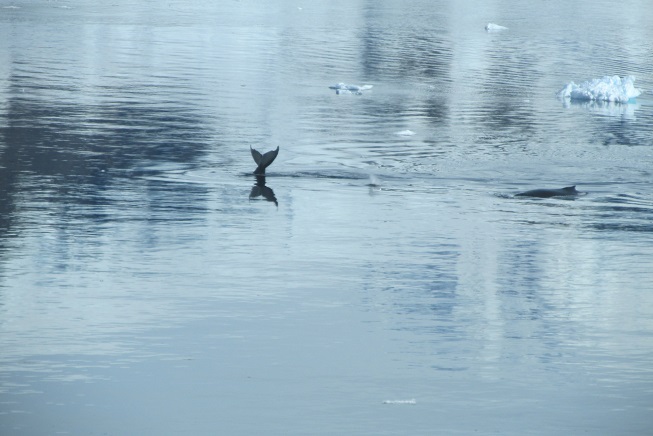
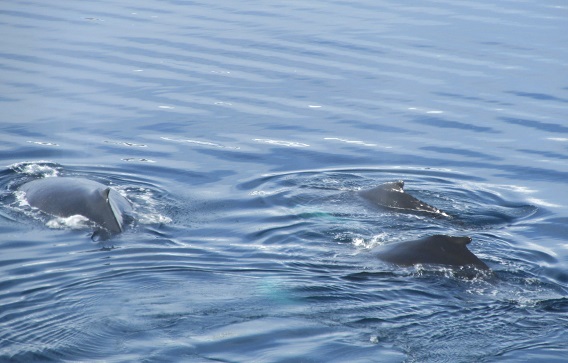
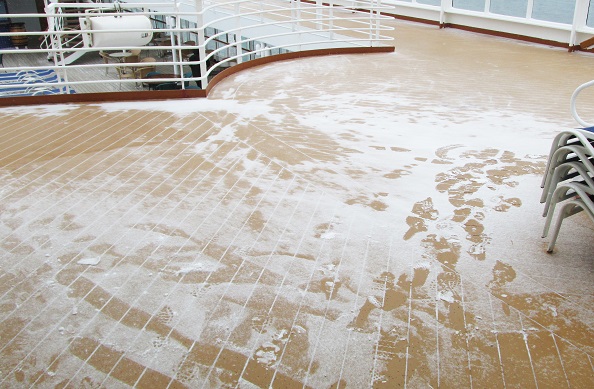
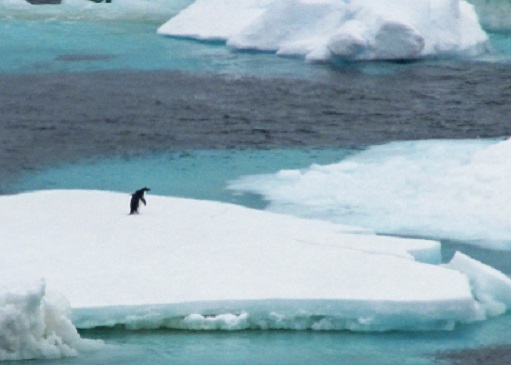

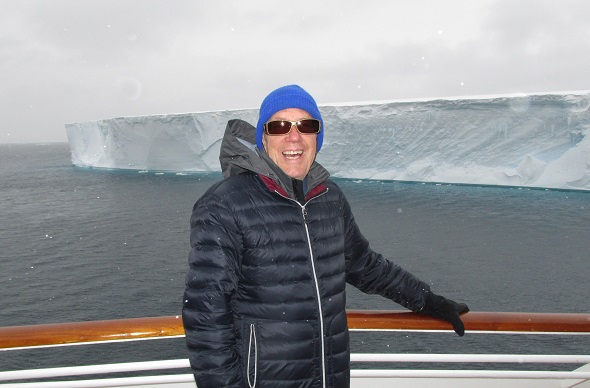
Now retreating north to warmer climates, the ship spent a couple of days at sea enroute to Puerto Madryn, Argentina, up the Atlantic Coast. Montevideo, the capital of Uruguay (Trivia tip: what's the second smallest country in South America?), was next, and finally Buenos Aires, where Sandy and Mike jumped ship to fly about an hour and a half north to Iguazu Falls. (The Prinsendam continued sailing north without them, visiting the Amazon River region, and eventually returning to Florida.)
Iguazu Falls (higher and wider than Niagra!) was the other highlight of this trip. Sandy and Mike stayed two nights at a Sheraton resort inside the Falls National Park. There actually are about a dozen huge falls, side by side, along with several hundred smaller ones, all in a jungle setting. It is amazing how close you can get (no OSHA in Argentina!), via the observation points along the top, the trails leading down the cliffs below the falls, and on some metal structures (sort of like a cat-walk) that took you out over the edges. The first picture is from a helicopter, and shows the overall site -- the white building in the lower right is Sandy & Mike's 250 room hotel, just for scale. The next picture shows the falls as seen from their hotel room. Other pictures show a few of the falls from above, and from below. Of course Sandy and Mike took the little boat under the falls (got soaking wet). Finally, a flight back to Buenos Aires, a transfer to the international airport, and American Airlines sped them back home - with amazing sights in their heads.
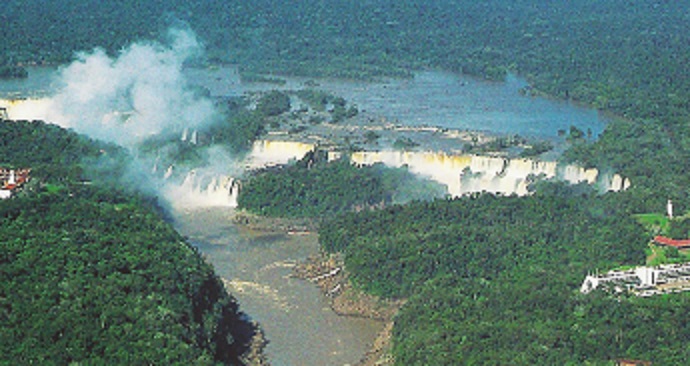
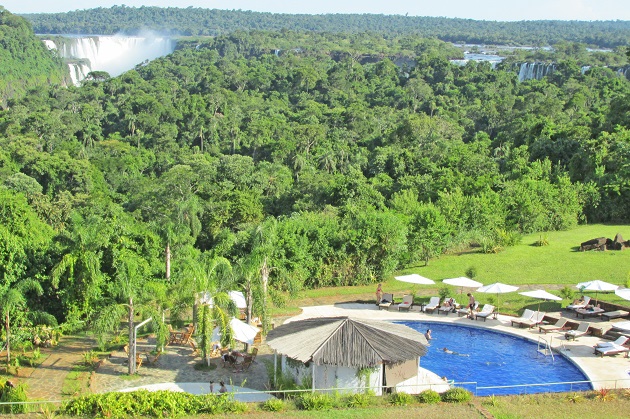

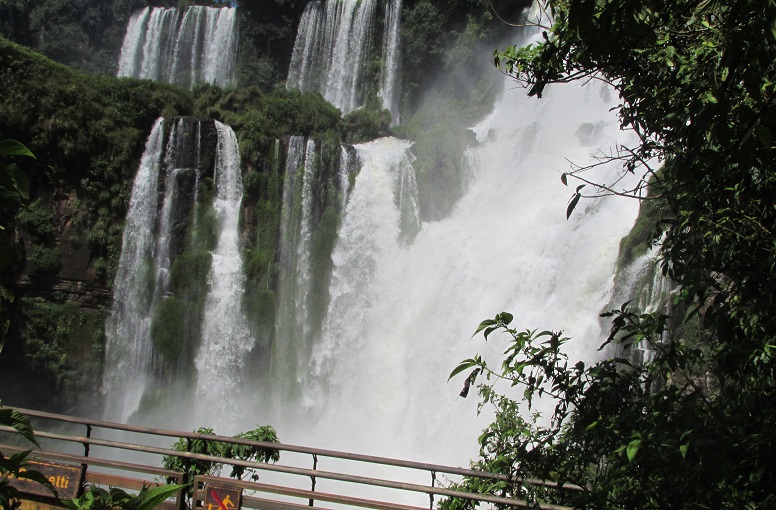

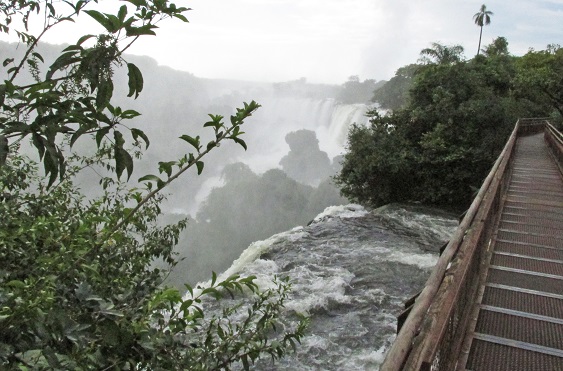
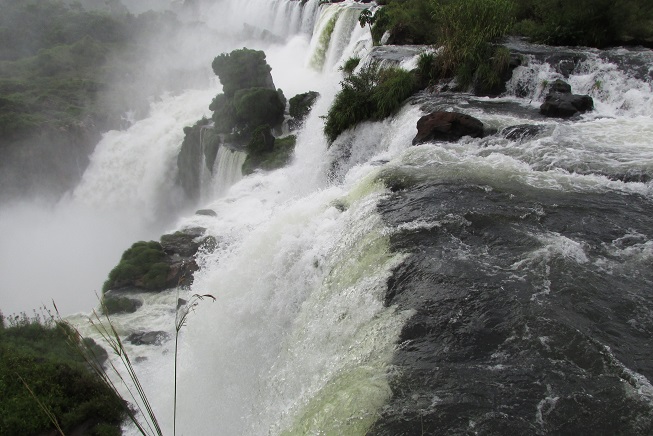
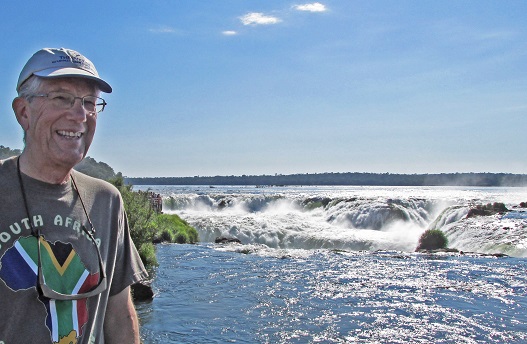
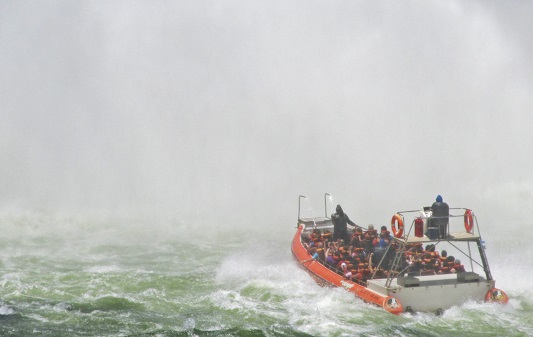
Return to main Travel page.